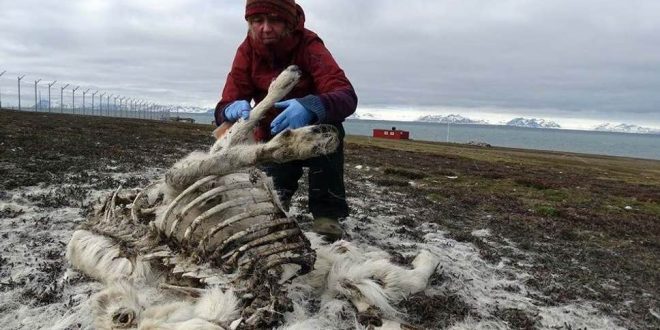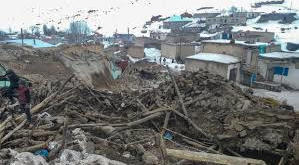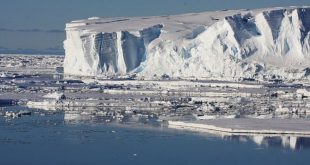Researchers have never found so many carcasses in Svalbard in 40 years of monitoring animal’s population
More than 200 reindeer have died of starvation on the Norwegian archipelago of Svalbard, with scientists blaming their deaths on climate change.
The wild deer carcasses were found on the Arctic islands this summer by researchers from the Norwegian Polar Institute (NPI), which said it had never logged so many deaths at once in 40 years of monitoring the animals’ population level.
The milder temperatures in the region led to unusually heavy rainfall in December, leaving a thick layer of ice when the precipitation froze.
This meant the reindeer could not dig through the hardened tundra to reach the vegetation they graze on in their usual pastures, the NPI said.
Svalbard’s reindeer have been observed eating seaweed and kelp when food is scarce, but these are less nutritious and cause them stomach problems.
“Some of the mortality is natural because there were so many calves last year. But the large number we see now is due to heavy rain, which is due to global warming,” said Ms Onvik Pedersen.
A team of three scientists spent 10 weeks investigating population of the Svalbard reindeer earlier this year.
Researchers warned the decline of reindeer would cause unwanted plant species, currently kept in check by the animals’ grazing, to spread across Arctic ecosystems in Europe, Asia and North America.
The average temperature in Longyearbyen has risen by 3.7C since 1900, more than three times the global average increase of about 1C.
In 2016, the entrance to the town’s “Doomsday” seed vault – which stores specimens of almost all the world’s seeds – was flooded following heavy rainfall.
The Independent
 Lebanese Ministry of Information
Lebanese Ministry of Information



